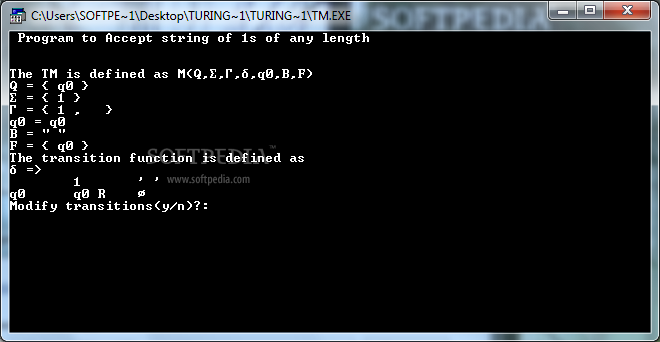


Researchers can write their own software modules to link their specific lab hardware (airflow sensors, chemical sensors, lasers, catalysts, micrometers, rate-controllers, even virtual simulators) via ARES OS’ plug-ins for their own research experiments.Īfter this link is established, the software can design experiments autonomously and perform experiments in a rapid, precise manner, learning how to achieve the research goal using AI. “Much of the challenge was building the software to talk to the hardware,” Maruyama says. That’s where ARES differs.ĪRES OS features a core or a universal module with plug-ins that connect to experimental tools or scientific instruments such as electron microscopes. Such code had limited adaptability to new experiments. In the past, researchers wrote similar automation code just to get one job done, a one-time experimental process Maruyama explains. It’s essentially what ARES does, providing a basis to design experiments, answer research questions, execute experiments and analyze the results, which then helps design a new round of experiments.

You say, ‘something happened there so let me go close to that ship and try to find something else there.’ You choose your next shot based on your previous results.” “You might start off searching for a ship but once you hit something, you don’t keep randomly. “Wouldn’t it be great if you could do experiments more like you were playing Battleship?” Maruyama thought. He and his colleagues quickly recognized that developing an autonomous tool could also yield insights to shape, and self-direct, follow-on experiments. Maruyama sought initially to apply automation to speed his own materials research, growing carbon nanotubes in the lab. Using the artificial intelligence and autonomy algorithms built into ARES OS, researchers can transform experiments into autonomous “research robots” capable of directing and conducting their own research.ĭr. It is available for download - free of charge - from AFRL. The result is the Autonomous Research System, an open source software operating system (ARES OS).


 0 kommentar(er)
0 kommentar(er)
